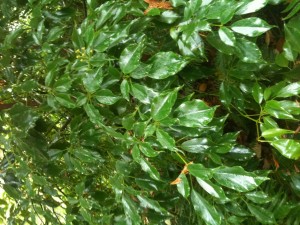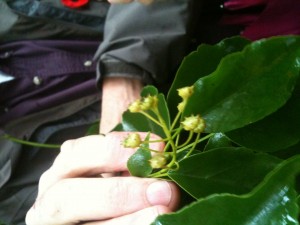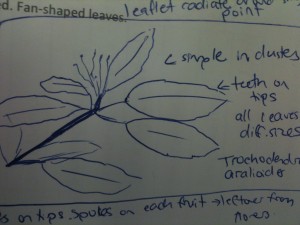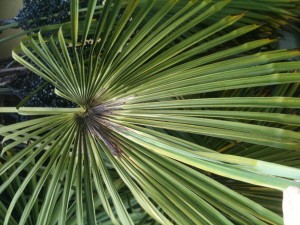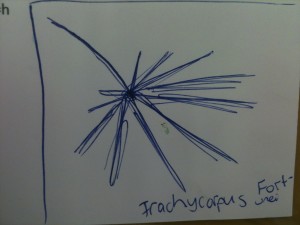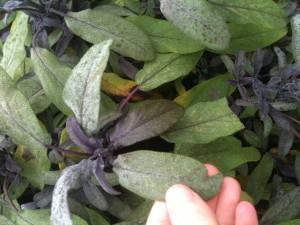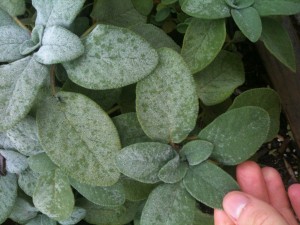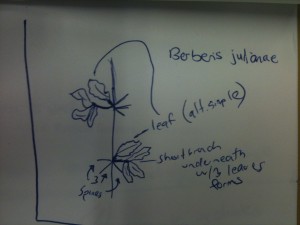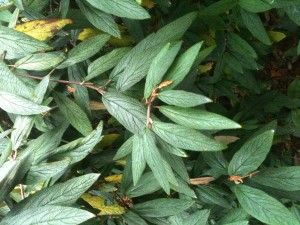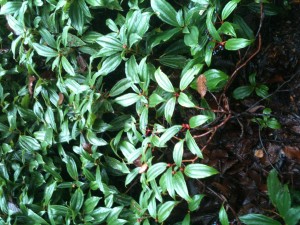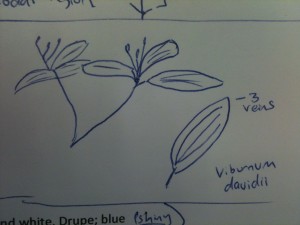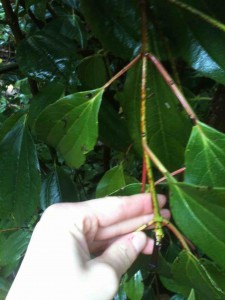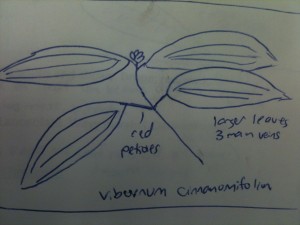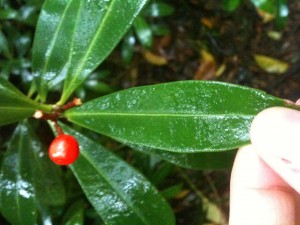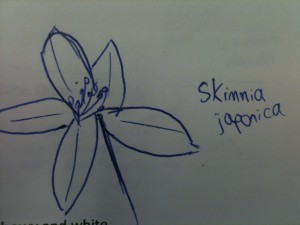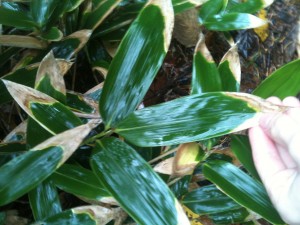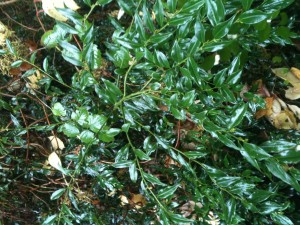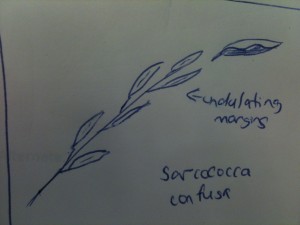Scientific name: Trochodendron aralioides
Common name: wheel tree
Family name: Trochodendraceae
Useful cultivars and selections:
USDA hardiness zone:
Mature height and spread: 2-6m tall and 2-4m wide.
Form: very filled out.
Water use: Moderate
Soil requirements: well-drained
Leaf arrangement: Simple. Whorled
Fall colour: none
Flower/cone/fruit description: Fruit in clusters on tips. Spokes on each fruit leftover from flowers; star shaped flowers.
Limitations: not good in small spaces.
Suitable uses: large residential tree. Very adaptable.
Quick ID: Evergreen. Tree. Japan. Clustered arrangement (leaves for rosettes). Simple. Whorled branches. Horizontal branches. Every leaf a different size. Serrated only on tip. Smooth leaves (no hair).

